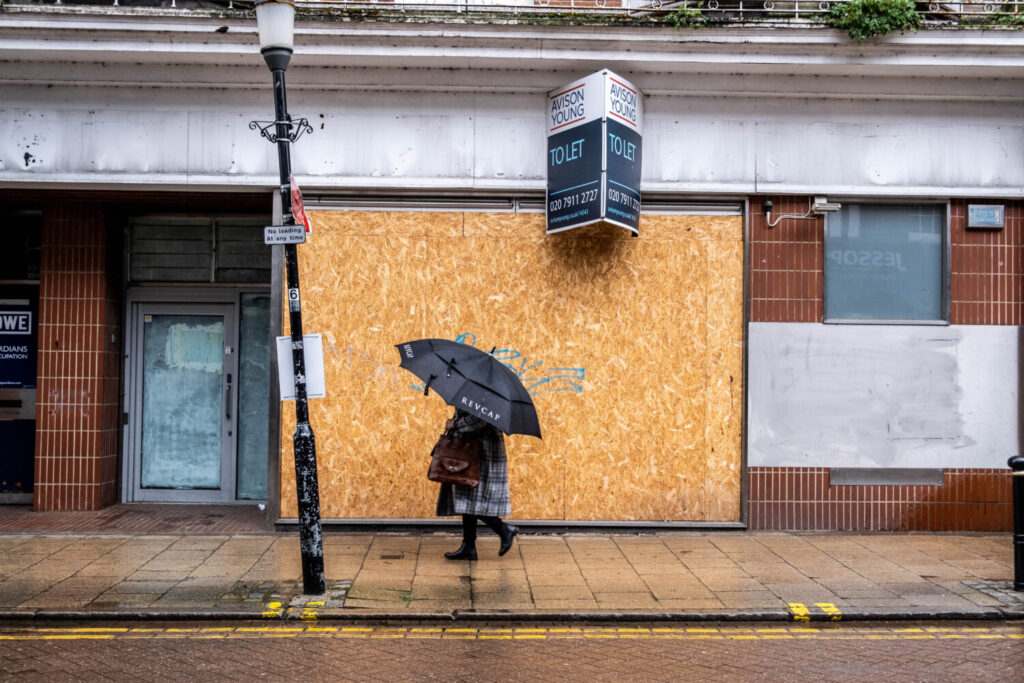Revitalising the high street: challenges, opportunities, and the need for bold reform

By Jason Tann, partner at Howard Kennedy LLP
Prior to last year’s Labour conference, the GMB union estimated that 420,000 traditional retail jobs had been lost during the period 2010 to 2023. Ignoring the politics behind the chosen dates, this figure clearly shows the decline of physical retail, brought about principally by the online revolution that was accelerated during Covid.
For the high street, the decline started much earlier with the rise of out-of-town retail parks and shopping centres offering larger purpose-built stores and drive-to convenience. As a result, the thriving heart of many UK towns and cities has been ripped out and replaced with a partly boarded-up, crime-ridden centre with identikit charity shops, nail bars and takeaways with much broader issues for the economies and communities they once served.
Revitalising the high street has been on the political agenda for some time; from the 2011 Portas Review for the Conservatives to Labour’s five-point manifesto plan. Whilst there have been some attempts to breathe new life into the high street, such as the Conservatives’ auctions scheme, they are unlikely to have a meaningful impact and will not address the bigger issues that stand in the way. Furthermore, other policy decisions such as permitted development rights are arguably making the problem worse.

Boarded-up shops have become a common sight on many high streets | Richard M Lee / Shutterstock.com
Post-Covid, it is not all doom and gloom for the high street. The gloss of the forced convenience of online shopping during lockdowns wore off as people became keen to get out of their homes, and the now-entrenched flexible working culture means that many towns have a new opportunity for weekday footfall. As a result, there has been a return of some retail to the high street including new businesses and a significant rise in unlicensed cafés and restaurants. The high street will not become the retail hub it once was but has a place offering a broader mix of retail and leisure uses. Cost is the major impediment to this, with business rates being the most significant.
Labour’s manifesto pledged to replace business rates to “level the playing field” with online retail, although their September conference seemed to only talk about reform. Whether business rates are on the agenda for their first budget remains to be seen but as they are looking to find more tax revenues it seems very unlikely that the government will be able to reduce the overall burden. They hinted at a reduction for small businesses but an increase for multinationals and tech companies. An online sales tax or increase in business rates for the warehouses occupied by online retailers is possible, but if these measures do not result in reductions for all high street physical retail they are unlikely to help significantly and may be of no benefit to those retailers who have a physical and on-line presence.
Simply increasing the business rates burden on another real estate sector will have wide-ranging consequences beyond penalising online retail. The Confederation of British Industry (CBI) has recently called on the government to reconsider “revenue neutrality” for business rates reform to “improve competitiveness and boost growth” and the Shopkeepers Campaign has also called for an overall reduction.

The Chancellor Rachel Reeves will deliver the Autumn Statement on Wednesday | Fred Duval / Shutterstock.com
The Conservatives did not tackle business rates before they left office and rejected an online sales tax as too complex, but introduced high street rental auctions in the Levelling Up & Regeneration Act 2023 to compel landlords to let their vacant shops. These provisions have yet to come into force, but Labour have said that they will bring in the secondary legislation to do so. Local authorities will be given powers to auction off leases of vacant shops with the owner forced to grant a tenancy of up to five years to one of the successful bidders. The measures are controversial, as landlords will be made to refurbish their properties for the new tenant and rents will be depressed because of high business rates. It may also trigger an increase in the use of permitted development rights for converting their shops to residential – first introduced in 2021 – because landlords can object to the auction on redevelopment grounds meaning that they will be permanently lost to the high street.
With the likely reintroduction of mandatory targets and the push to address the housing crisis, local authorities are also going to have the competing pressure of being required to increase residential housing stock. Planning development rights approvals and larger planning applications for residential schemes in their town centres may end up being encouraged as a result, leading to a further loss of the uses that can give town centres their amenity and vitality. A holistic approach to placemaking for town centres along with comprehensive business rates reform is required to reverse their decline.
Redevelopment, including residential, should be welcomed but retail and leisure must be part of mixed-use schemes and incentivised. The council tax from the residential units would help fund business rates reform and it brings potential additional footfall for the high street. However, having a broad and varied retail and leisure offer on the doorstep is key to attracting the new residents in the first place. Enabling this will take commitment from both the public and private sectors and the CBI have called for the private sector to be offered incentives for investment and to encourage retrofitting high street buildings that are no longer fit for purpose. Bold policy is needed from the government and on Wednesday we may see whether or not this is likely.